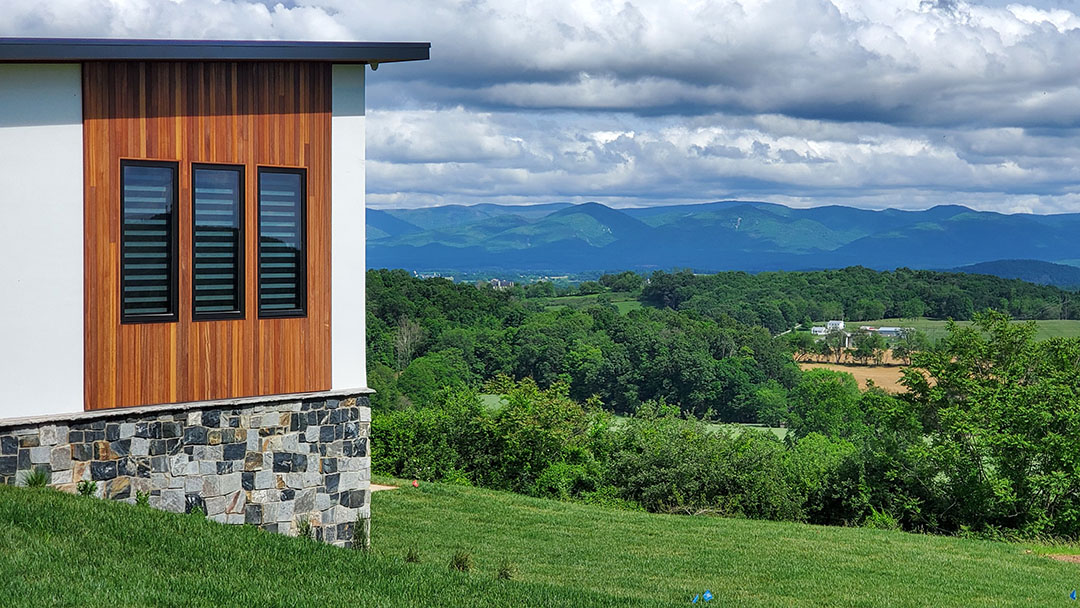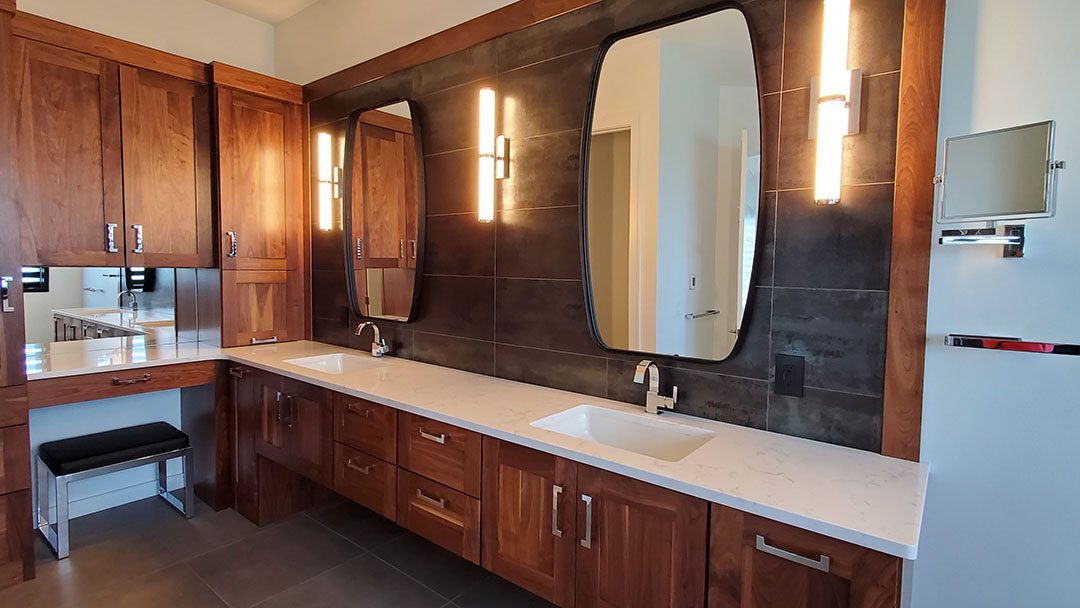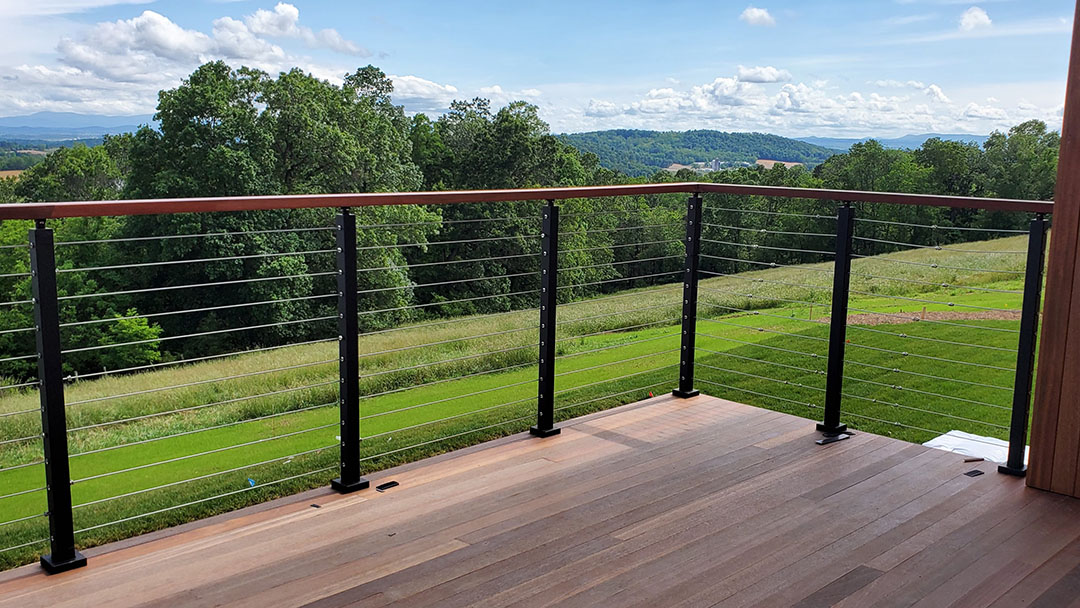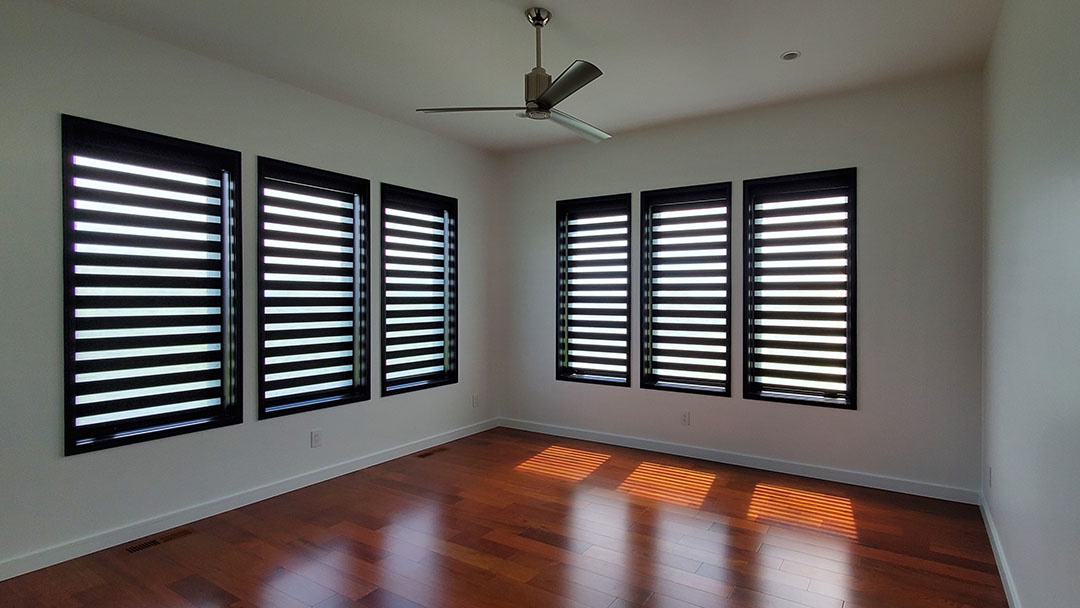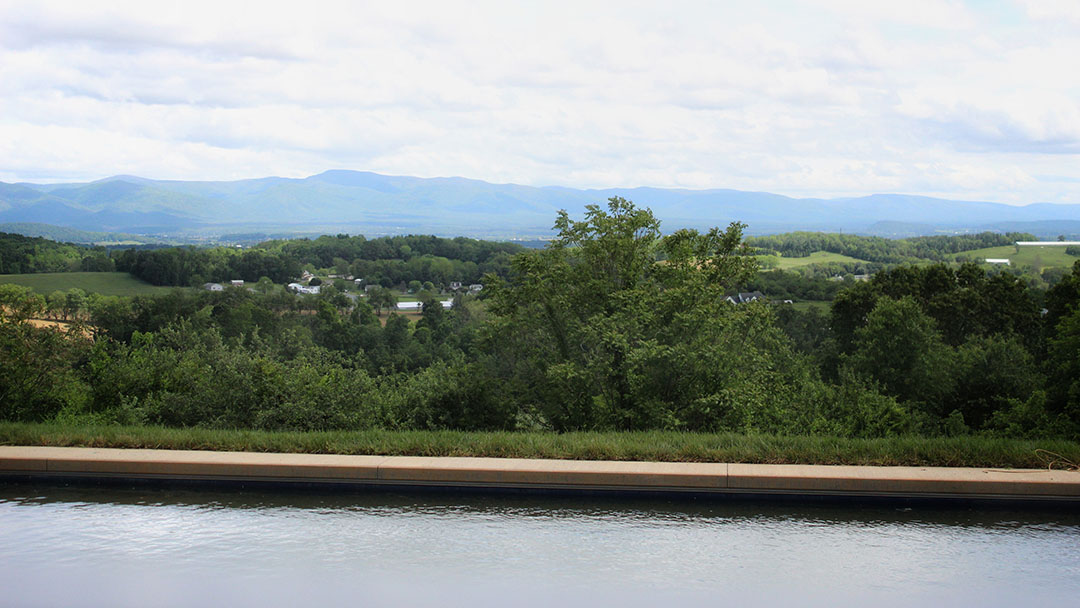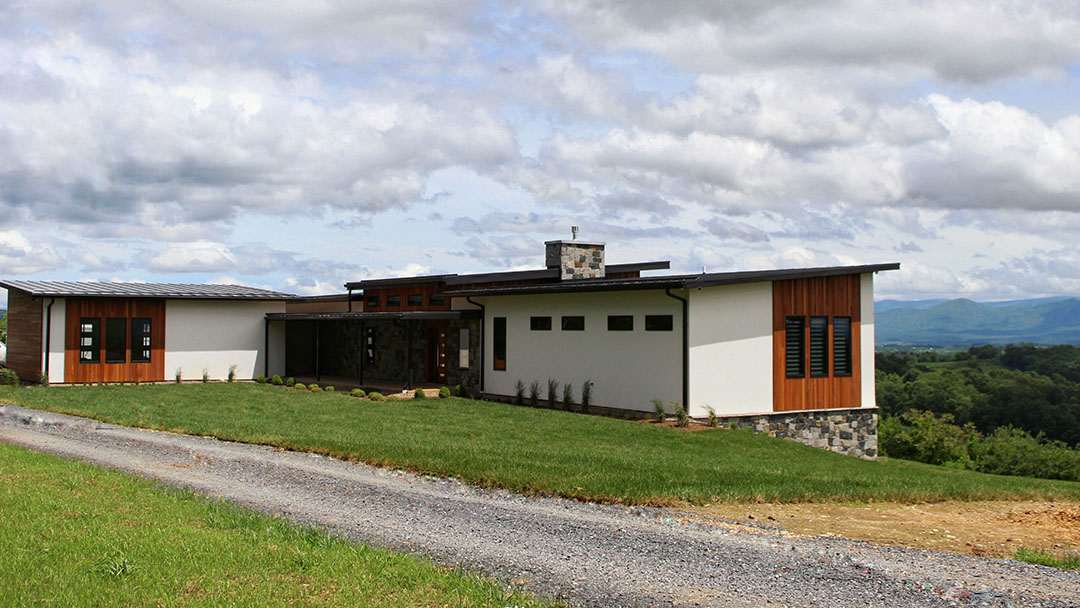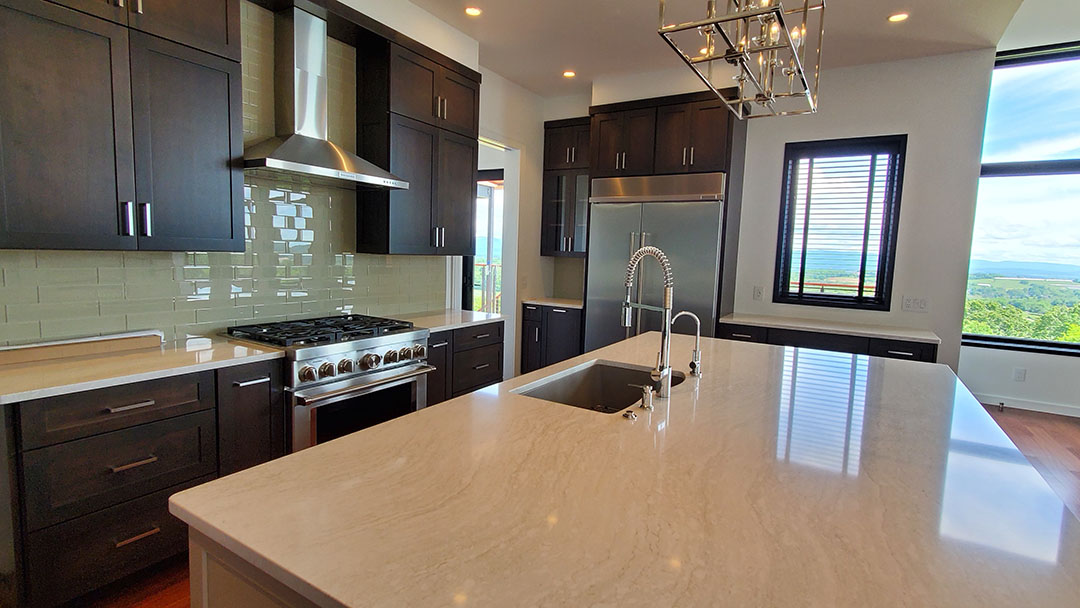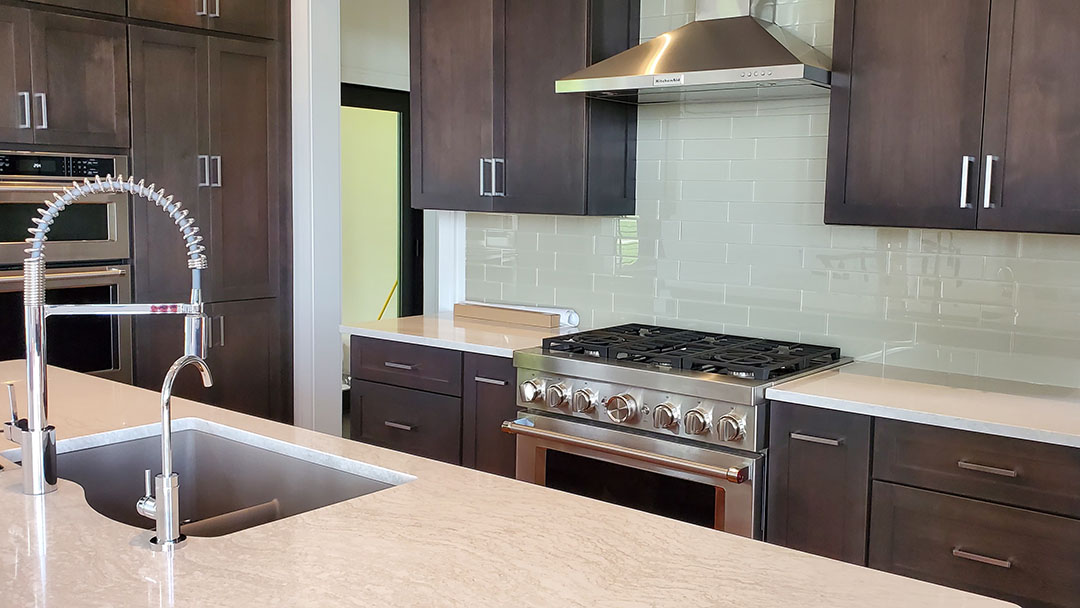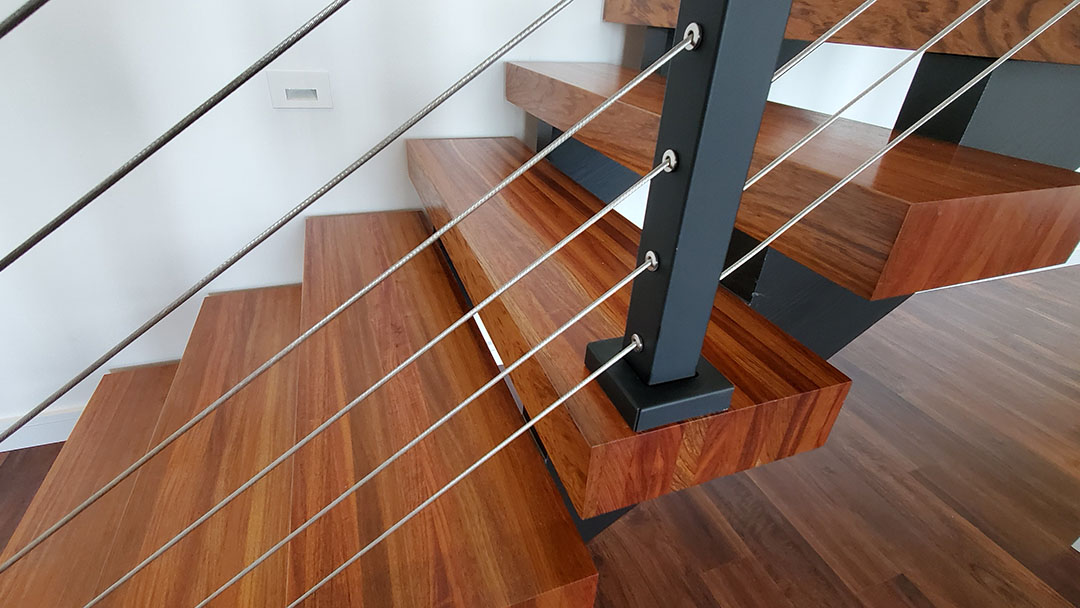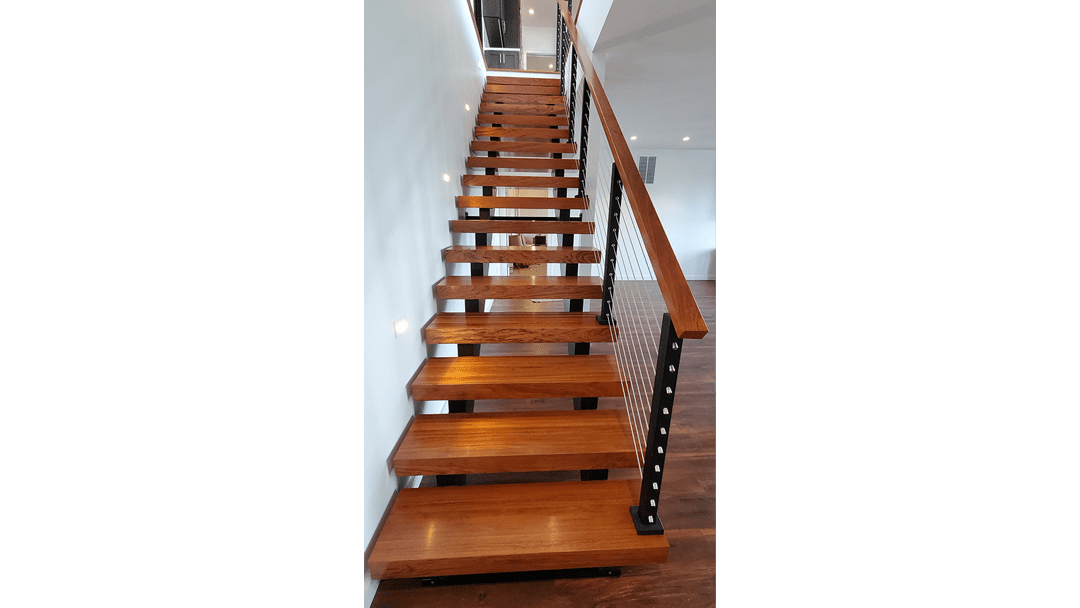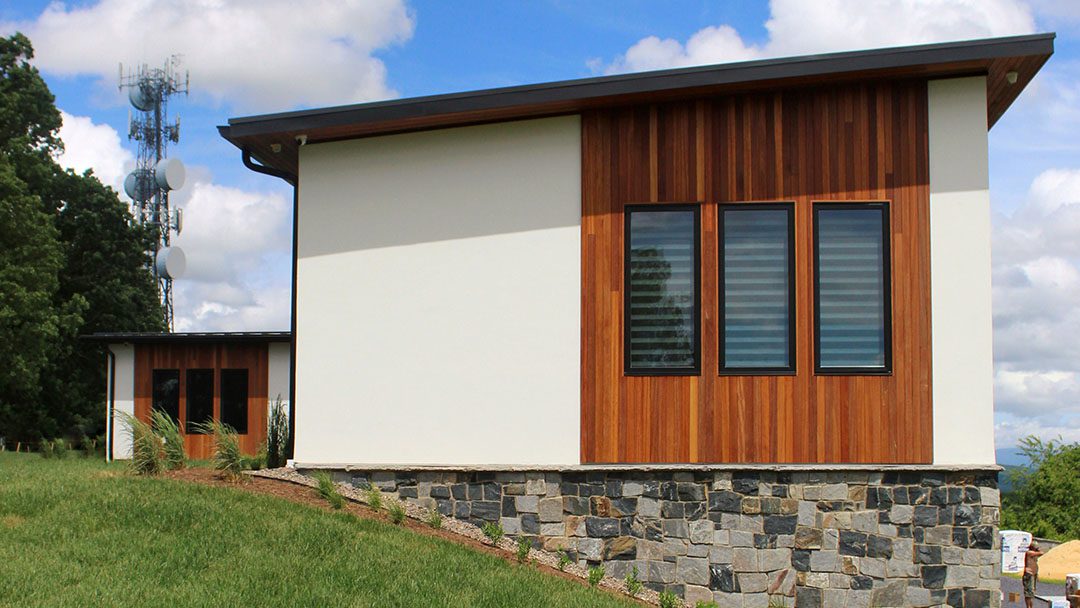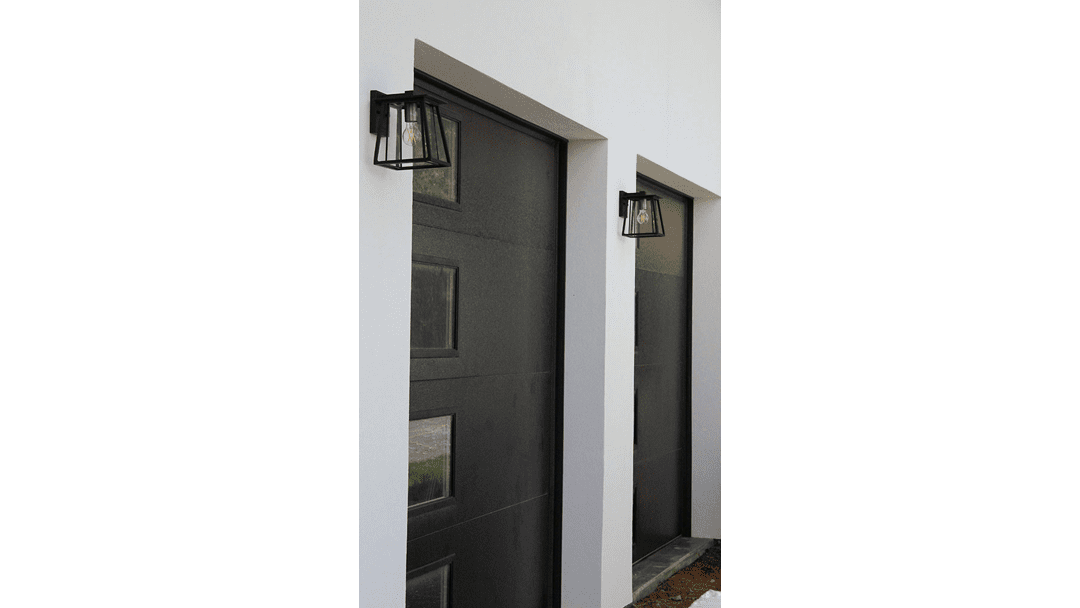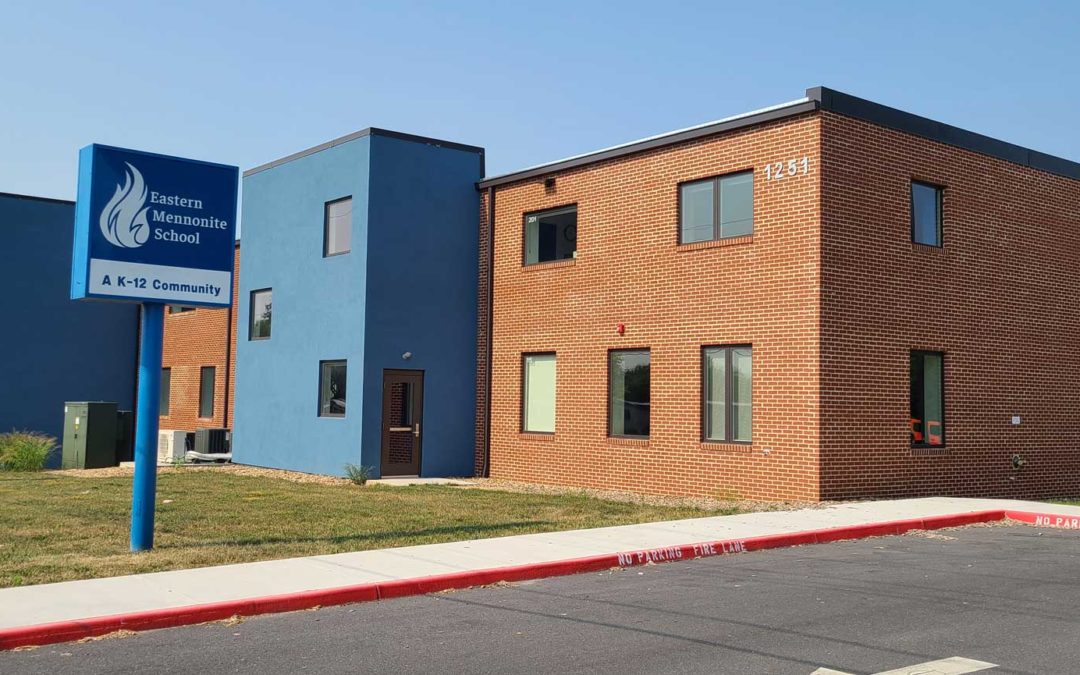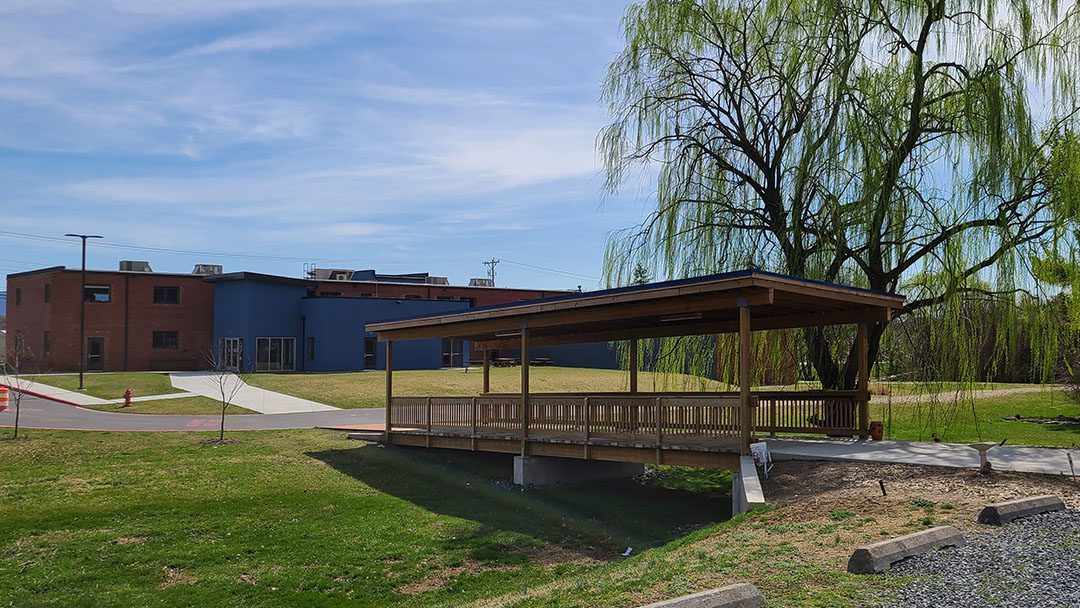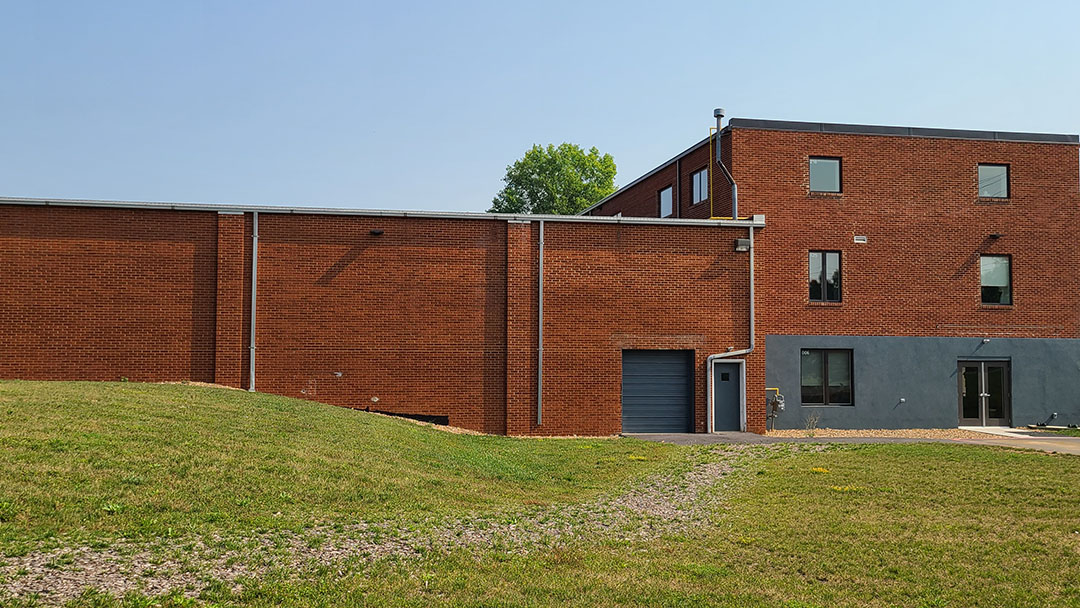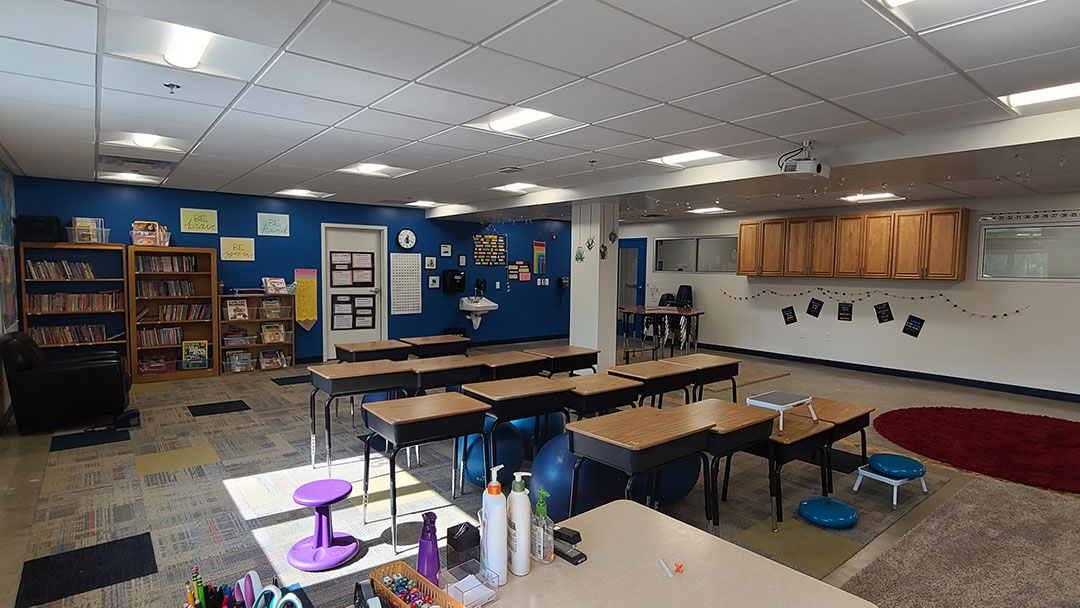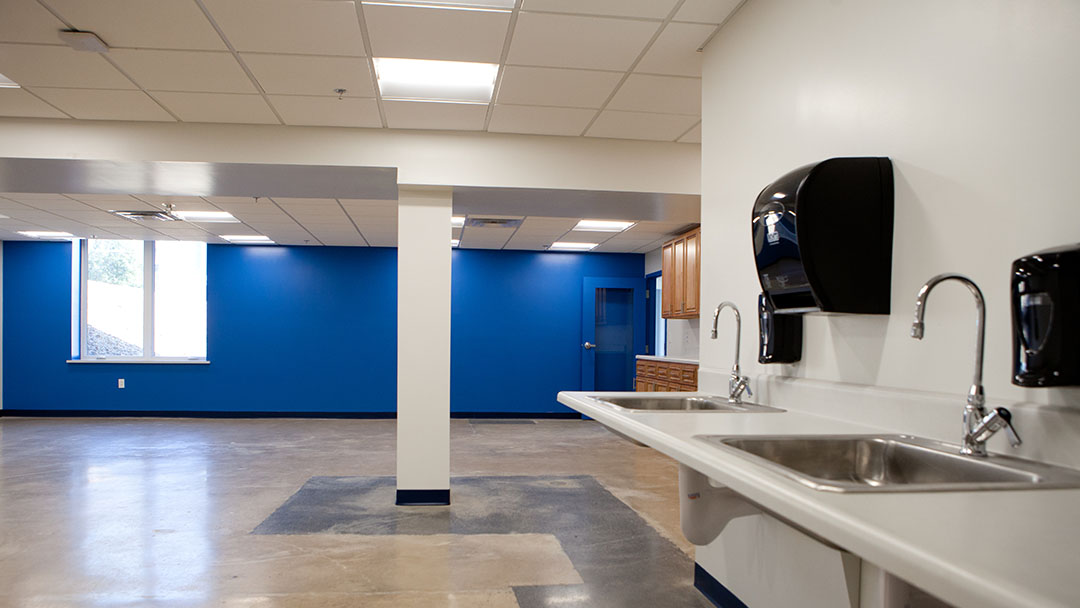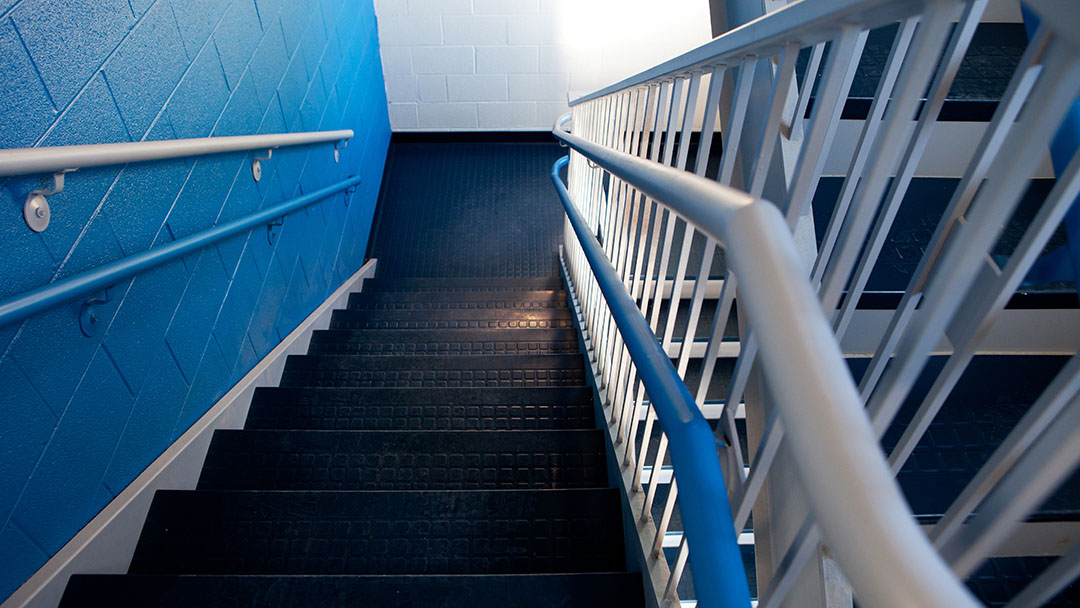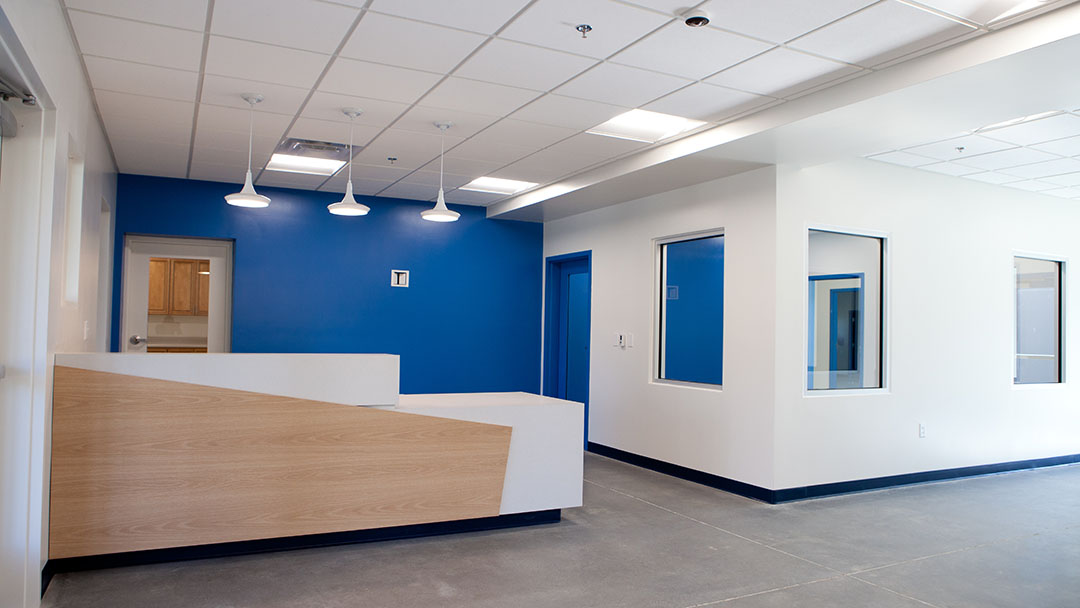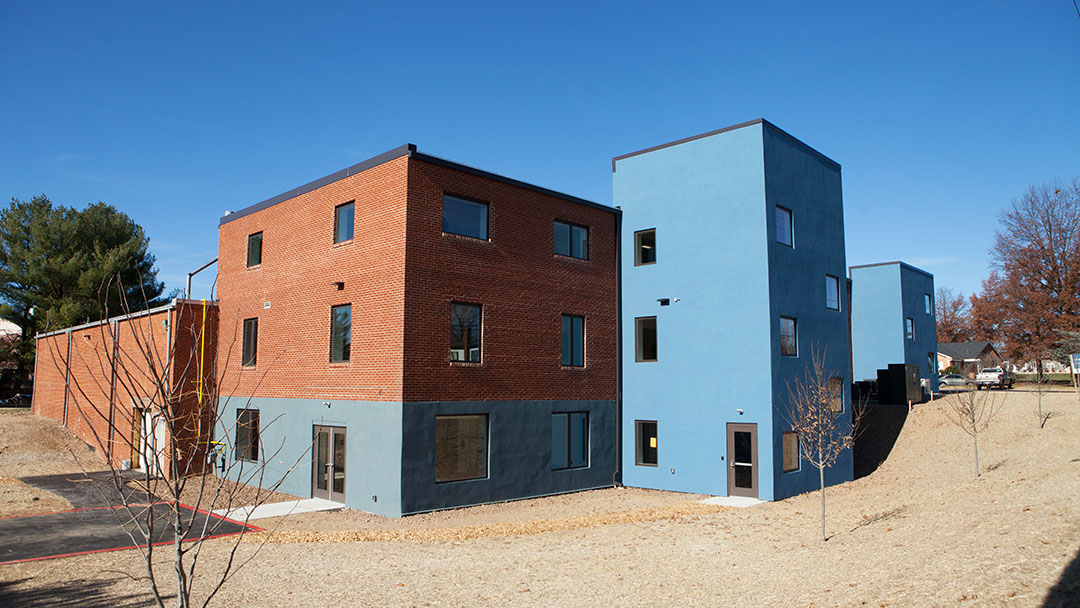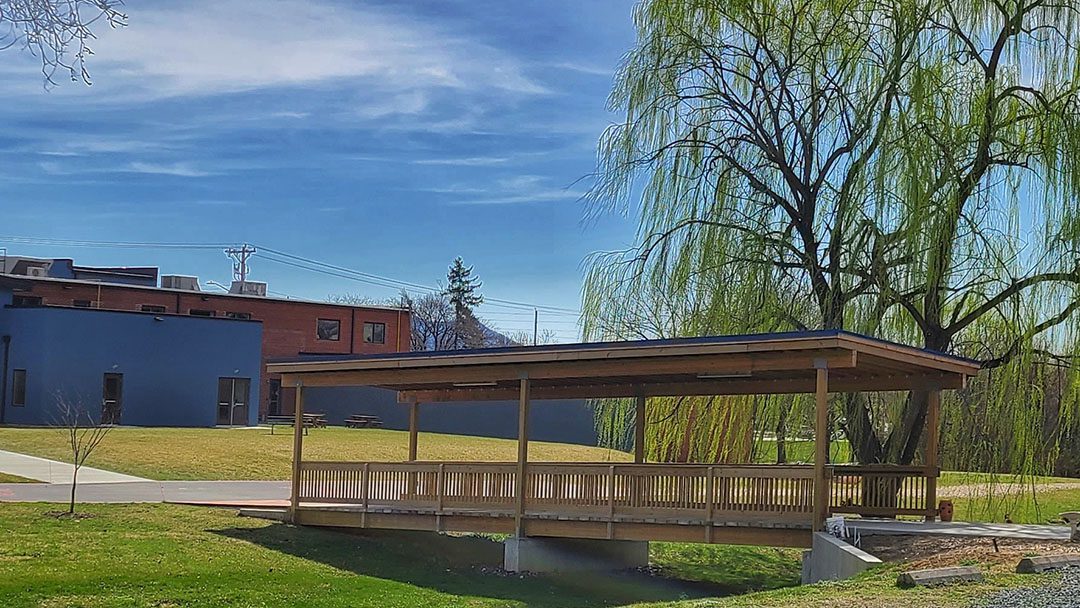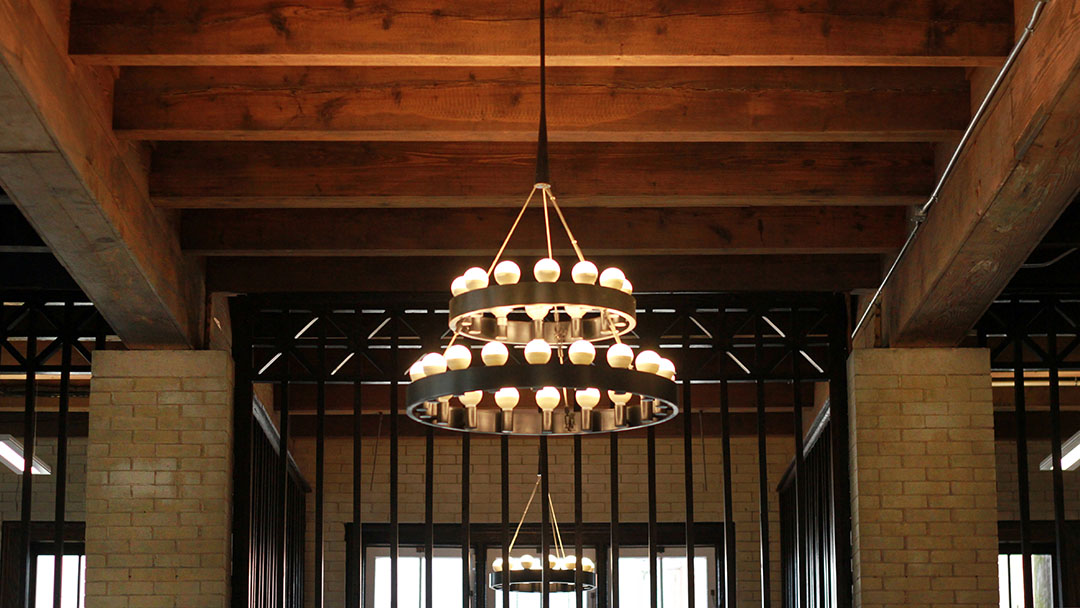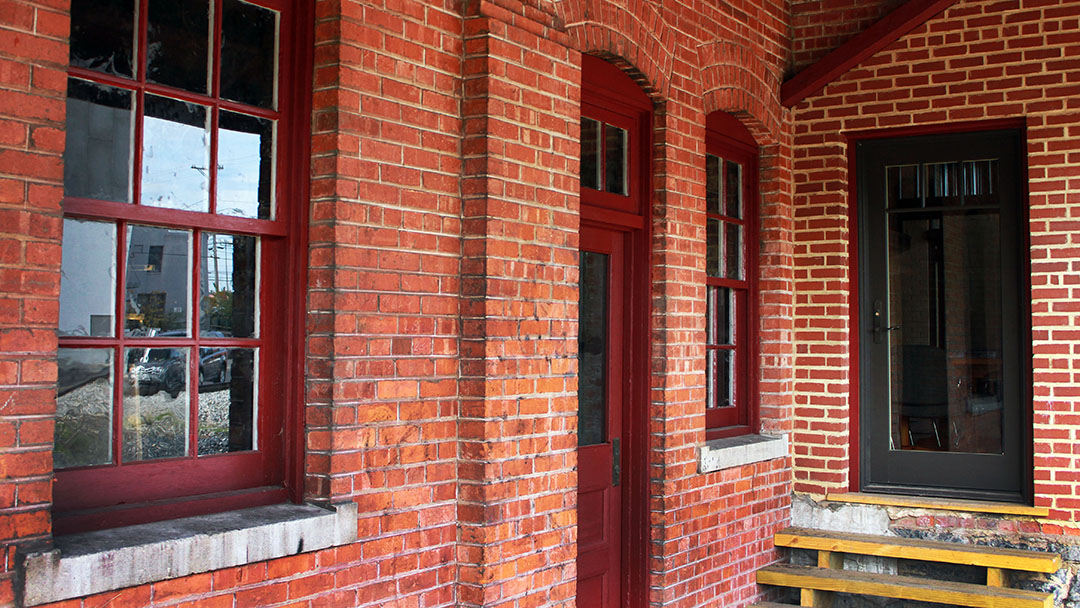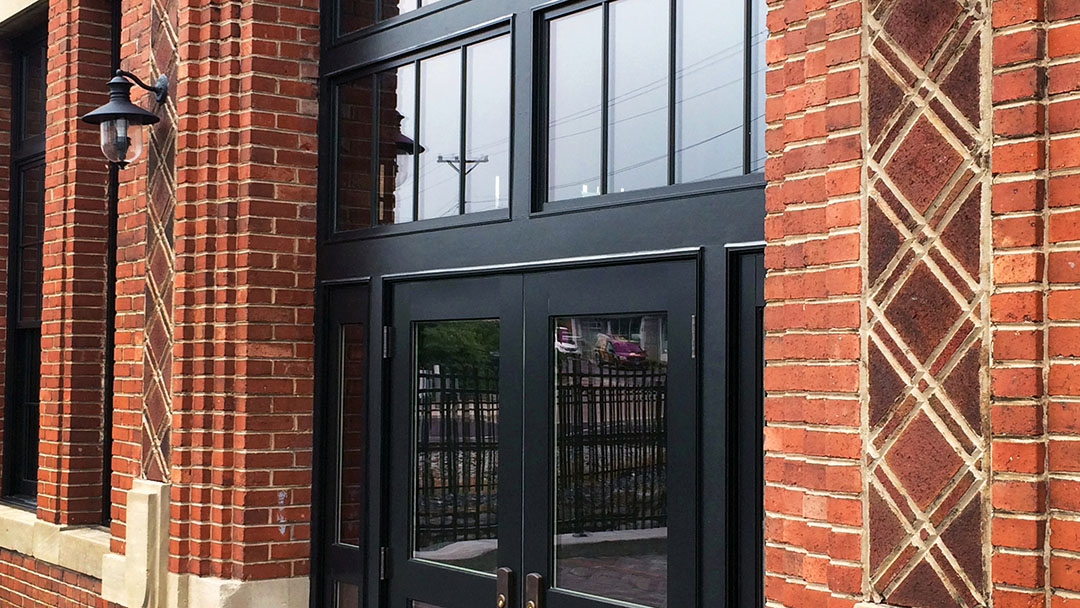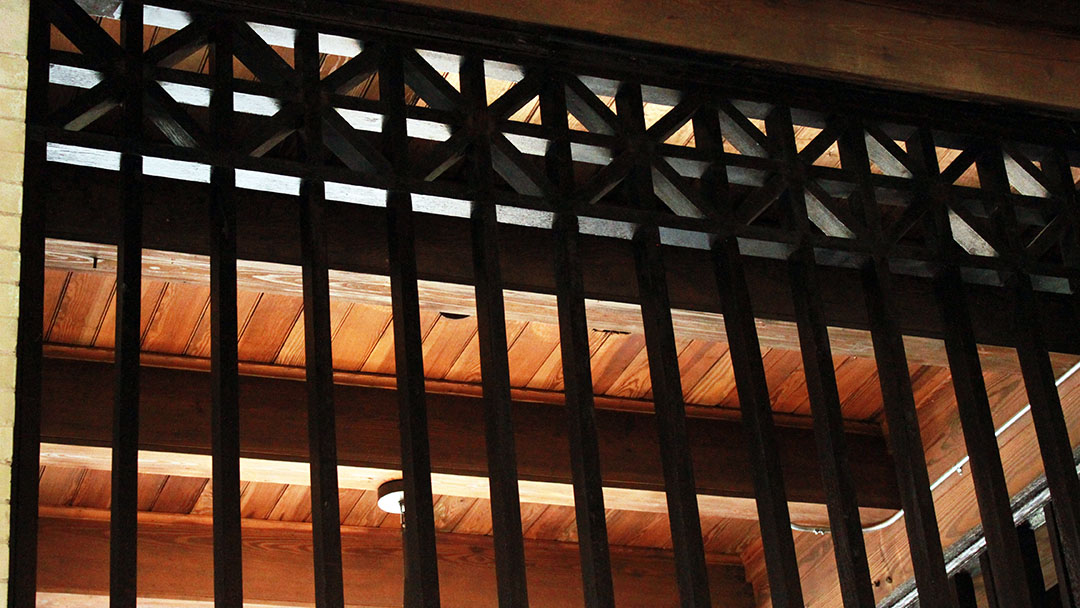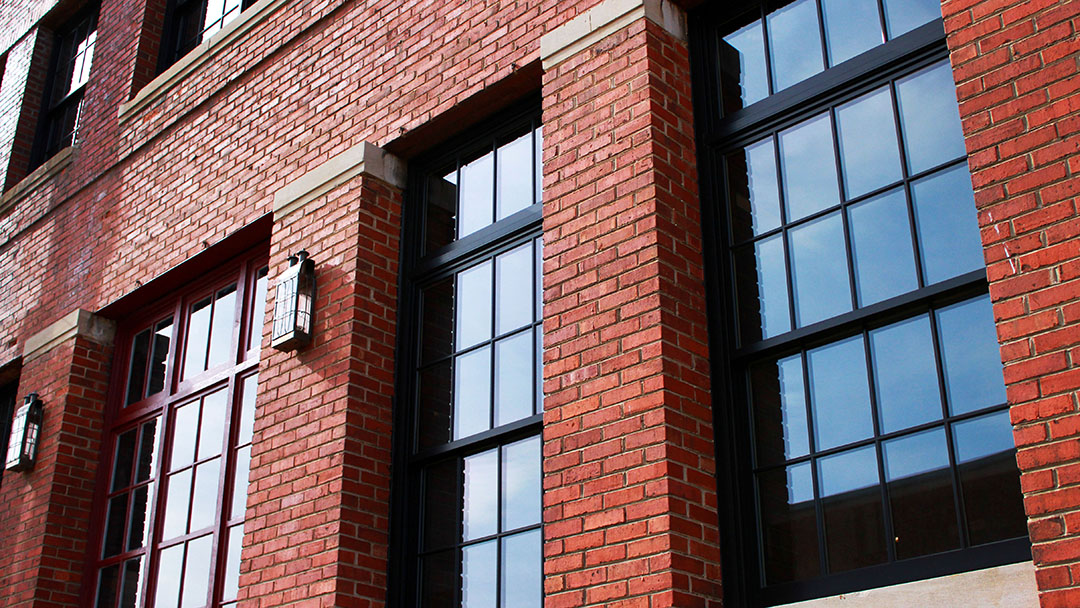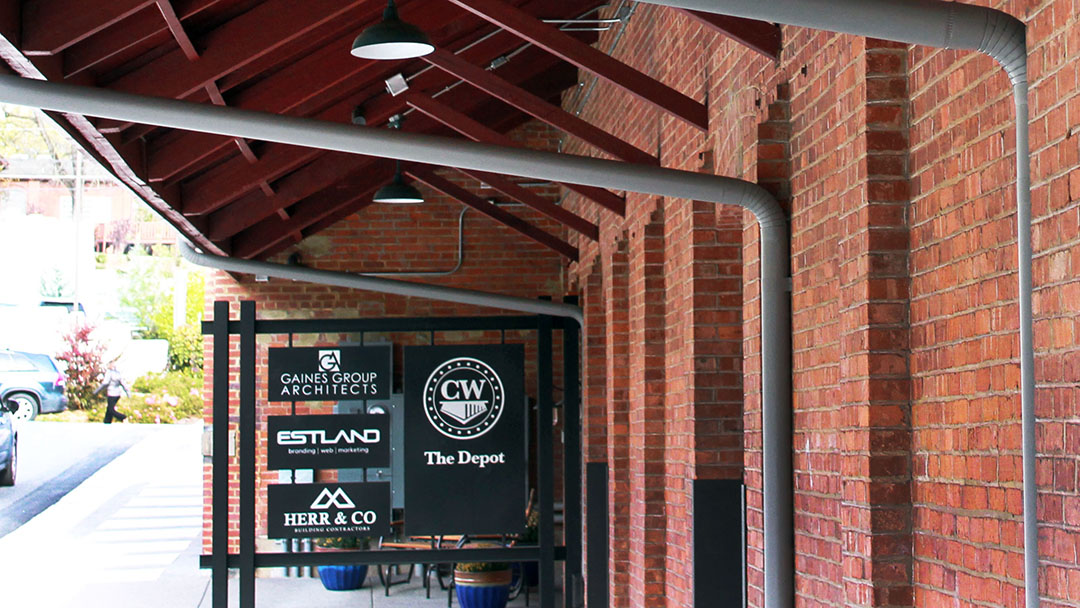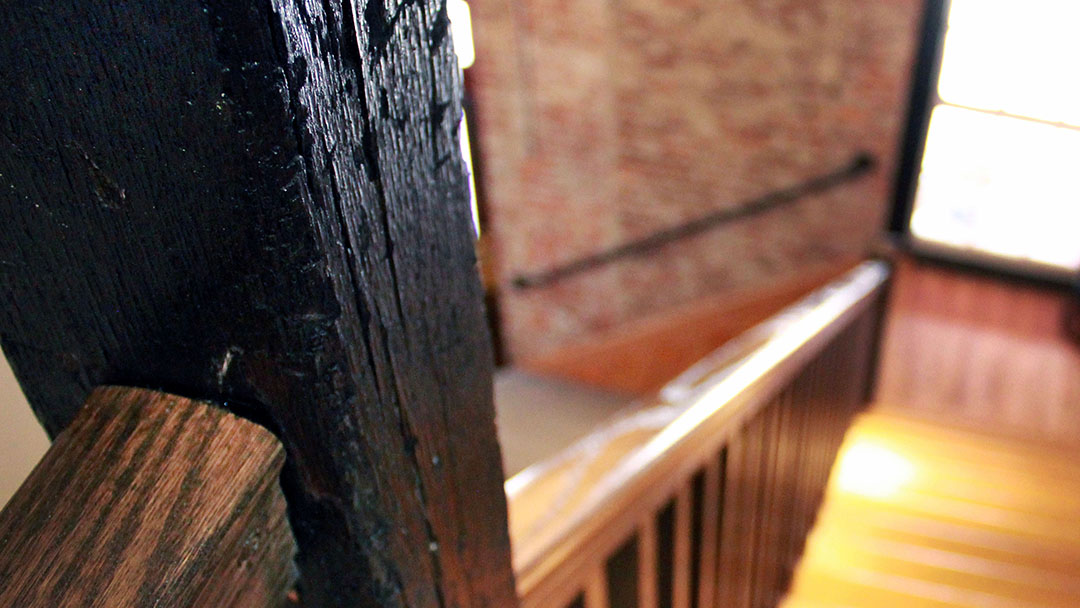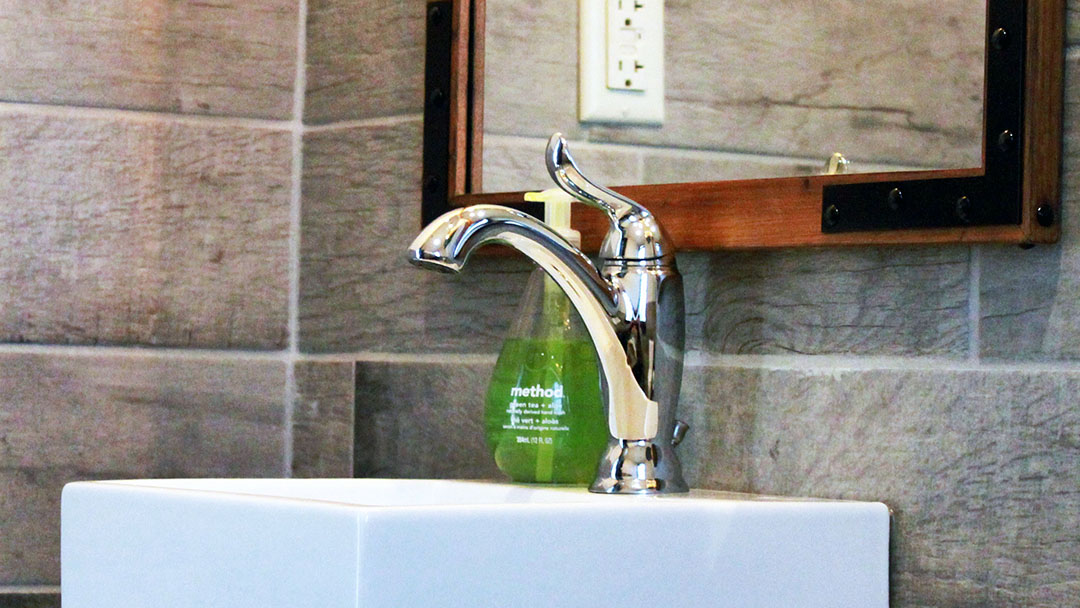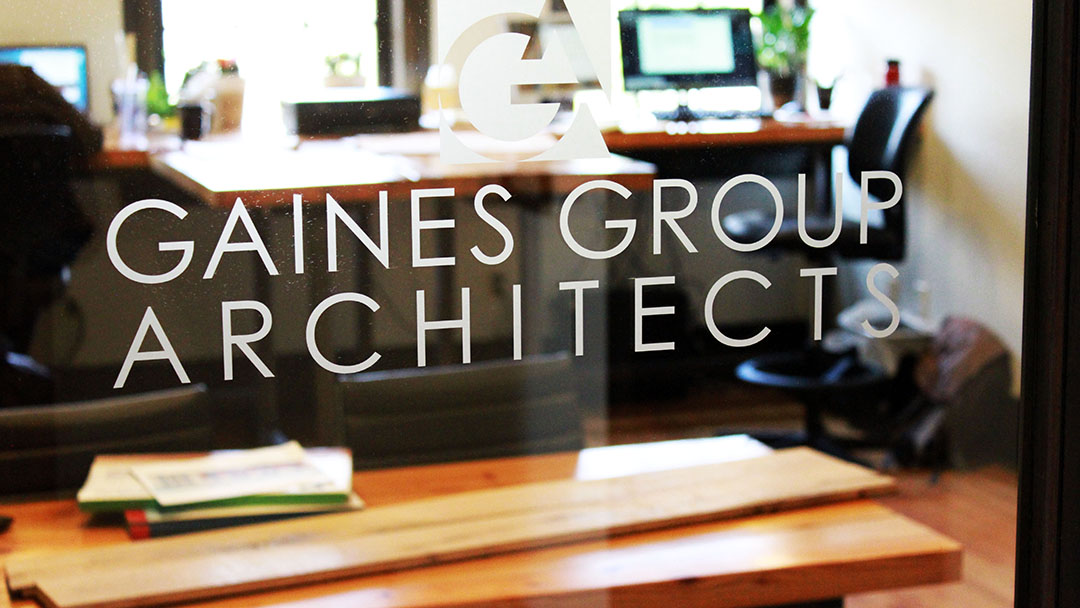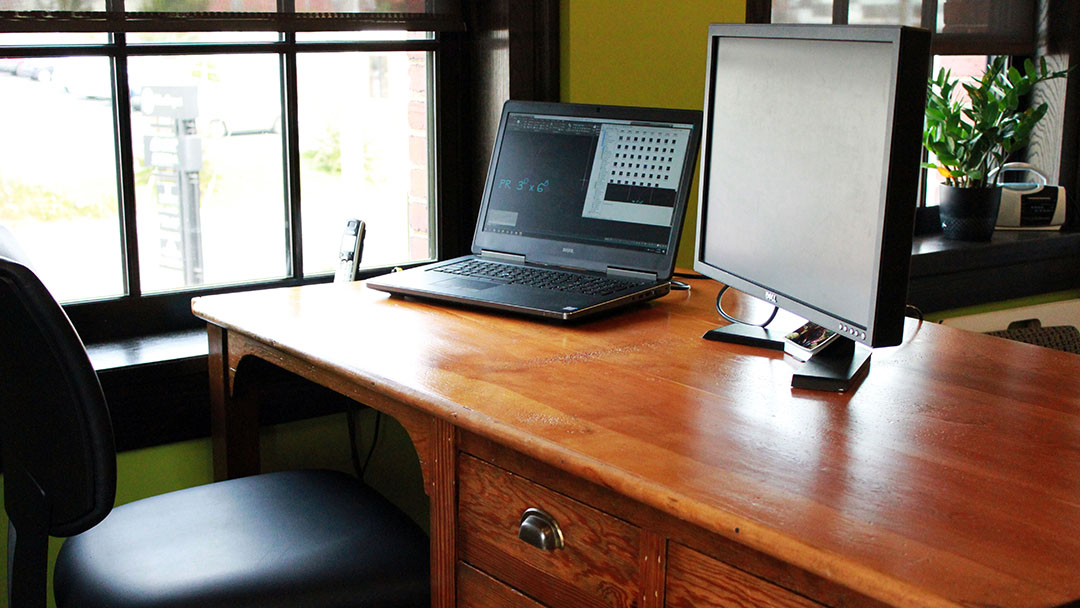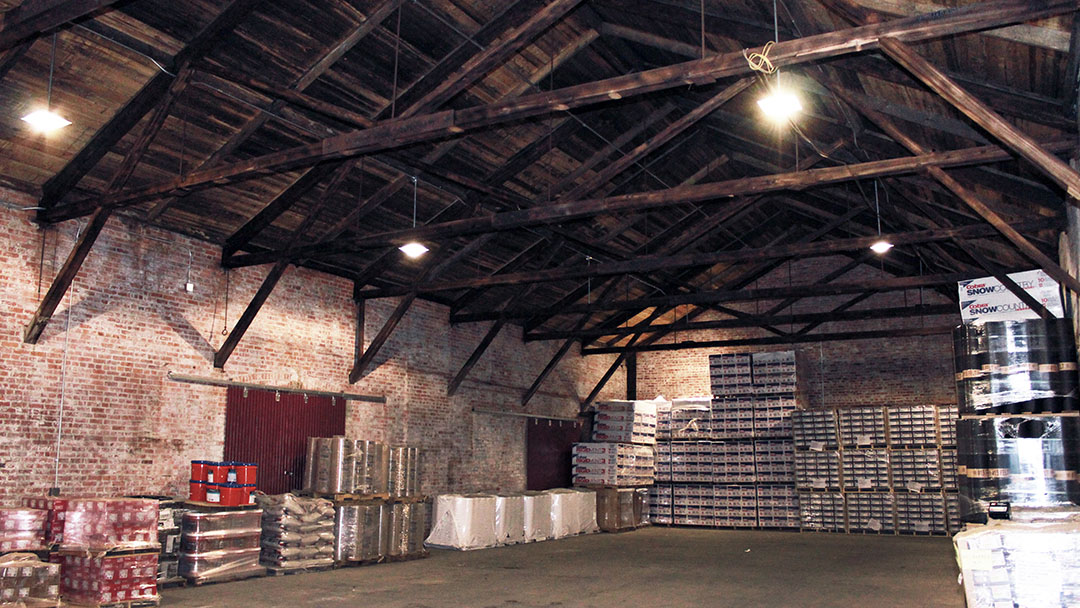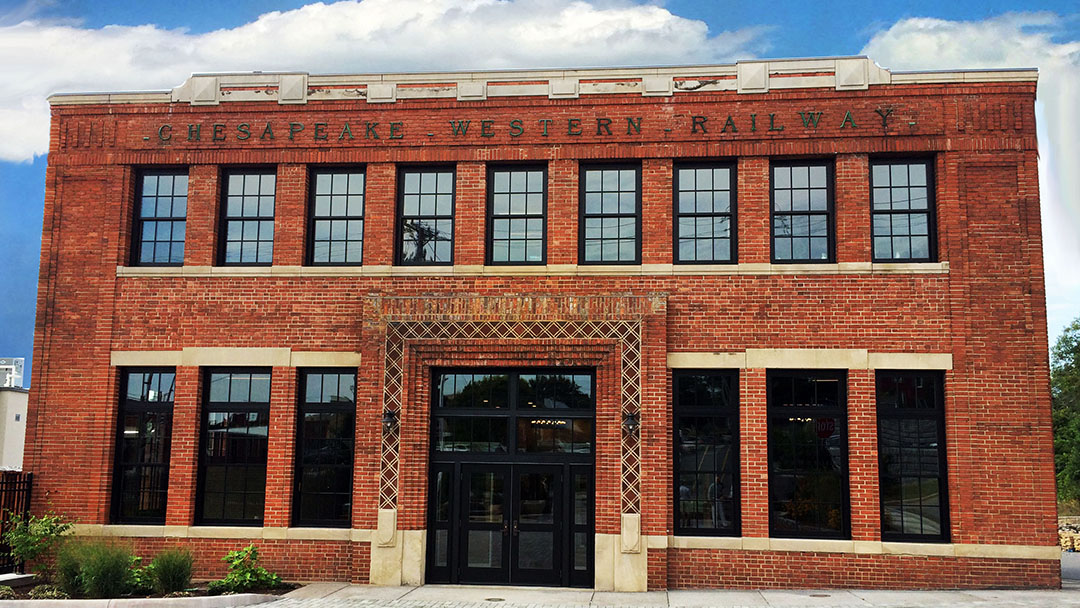
by sitemanager | Feb 21, 2023
When we first met, our clients were in the process purchasing their dream property, which took longer than any of us expected. Their goal was to develop a lifetime house that had a modern aesthetic and captured the views fitting into the site. Having experience building and remodeling in the past, they knew how some of the process would work, but wanted help, needed some guidance, but did not want it done for them. They worked hand in hand with us to create their dream home with all the selections to get it just right. The right rooms, the right size, with the views captured, thinking through daily activities to get a lifetime house that would facilitate their way of living in this place. This is custom design. The result is a very modern home with fine detailing that was executed with precision. The number of details and sections we needed to do to make sure we achieved the right aesthetic would surprise you. The Pleasant Valley Road House features high performance systems to make sure they are comfortable year round and that they have a place for family to gather and memories to be made.

by sitemanager | Feb 20, 2023
The Eastern Mennonite School (EMS) renovation project had a straightforward goal, convert an existing three-story office building into an Elementary school. The added challenge with any of our non-profit clients is using their budget as efficiently as possible and creating opportunities through architecture to highlight their culture. Therefore, this project focuses on sustainability / creation care, an important element of the culture of the school. Using our understanding of building science, we were able to save an existing building, incorporate environmentally sensitive design strategies, as well as highlight those elements for the students in the building. The design of the EMS facility maximizes daylight into all classrooms, provides multiple points of exterior access to allow for environmental teaching opportunities, and has flexible room sizes for diversity of class settings. The existing building footprint provides 9 classrooms, a teaching kitchen, teacher workroom, and restroom facilities. The additions to the existing footprint house circulation towers, the administrative wing and a phase II of the project which will allow for large scale gatherings. Working together with EMS teachers, administration, and students, the design evolved into a space that will enhance learning opportunities as well as highlight building systems. Viewing windows allow for students to explore “how a building works.” This experiential learning component marries sustainability and building science with traditional math, science, and social studies. Creating unique opportunities using architectural elements is a key component of our design strategies for our clients.

by sitemanager | Feb 20, 2023
PROJECT LOCATION: Harrisonburg, Virginia
CONTRACTOR: JM Apartments
PHOTOGRAPHY: Jeremy Keegan
The Chesapeake Western Depot is a 1913 National Historic Register former passenger train station gem in downtown Harrisonburg. Unfortunately, it has seen a lot of tragedy. The structure, built out of spite according to a newspaper article, was home to what would be a financially insecure small-line passenger and freight rail line. This “crooked and weedy” headquarters features a robust two-story brick building with large windows used for natural light and natural cooling. Open lattice wood walls above white brick inside resist moisture (1913 Building Science). 16′ tall oak ceilings are in what once were the passenger waiting rooms. The second floor that once housed corporate CW offices is now our office, and the rear that was once a freight hub is now a storage warehouse for Monger Lumber. There have been 5 fires in the building, including the 5 alarm fire of 1982 which was the most damaging, shutting down the building for 35 years. The result was water and fire damage, destroying plaster and wood before we arrived to piece the architecture back together. In formulating a plan to save the structure, and our goal was to maximize the value of the restoration. Our client wanted to restore the historic character, tell the story of the building, recognize and overcome the comfort challenges of a brick building by appropriately insulating, and repair the water and fire damage in historically accurately ways, all while maintaining a conservative budget. We worked within the National Historic Preservations Standards and Guidelines to find the appropriate solutions for this structure and our clients goals, working hard to find the right places to restore and others to replace. Using our knowledge of building science, we created comfort and reduced energy bills while maintaining the historical accuracy of window sill depth and managing moisture flow through our masonry walls. We are very proud of the end results and welcome you to stop by and take a look at the building.


